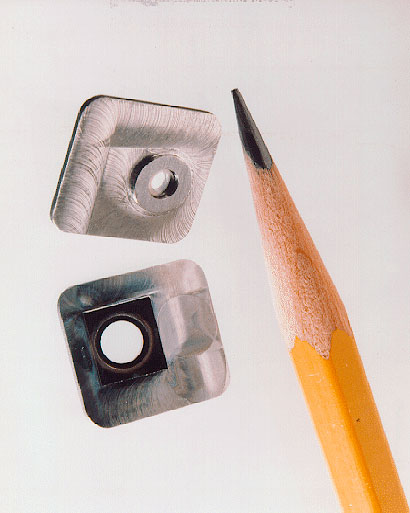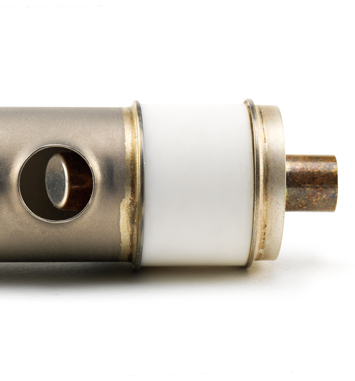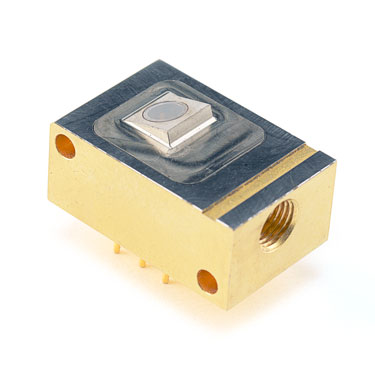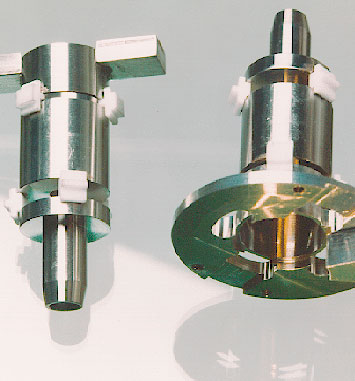Ceramic-To-Metal Joining
As with glass-to-metal sealing, the basic requirements for strong, hermetic ceramic-to-metal joints are chemical bonding and minimal stress differentials at and near the interfacial junction. For both cases, these requirements are satisfied by the formation of a thermodynamically stable metal oxide and relatively close matching of the thermal expansion coefficients of the component materials. Researchers have investigated and modeled the residual stresses that can compromise the strength of ceramic-to-metal joints. In general, the specific fabrication processes used to achieve a strong, reliable hermetic seal are more involved for the case of ceramic-to-metal joining.



